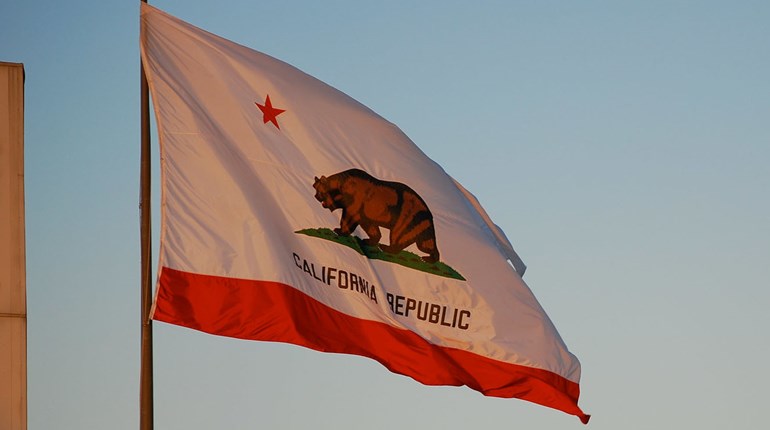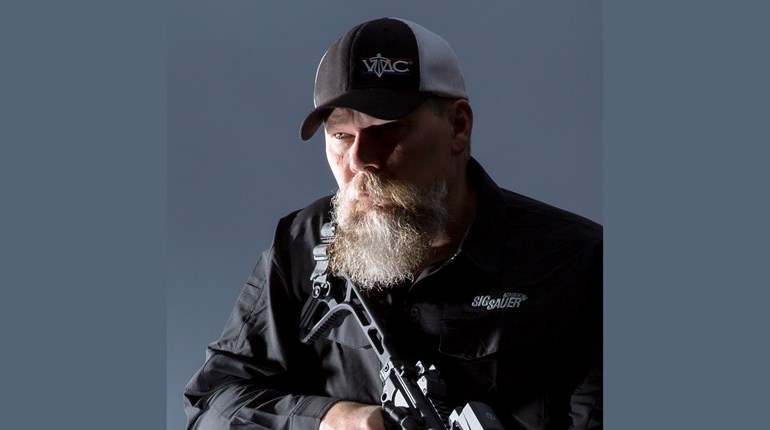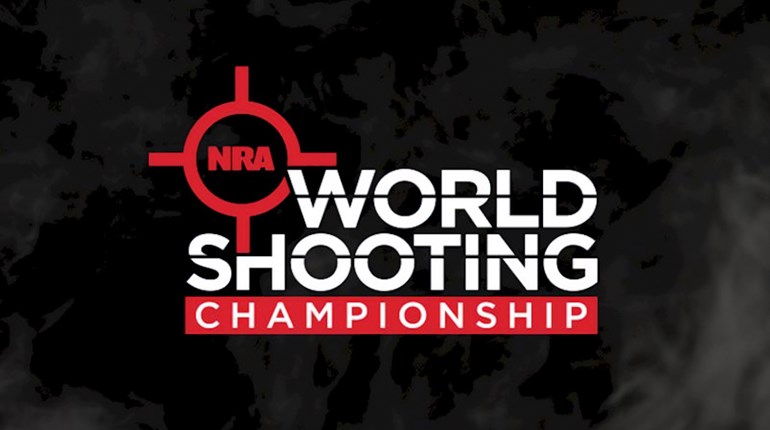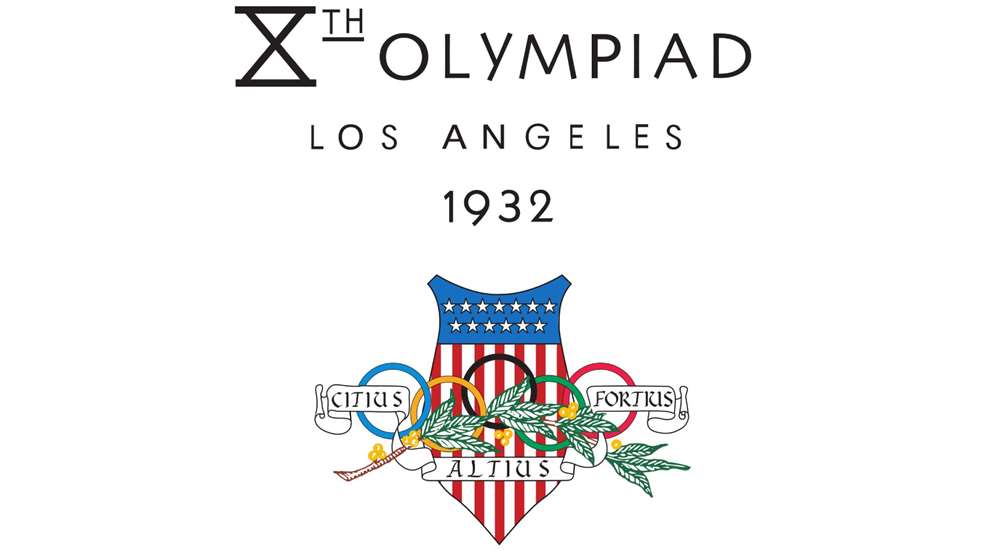
The below is an excerpt from the 1978 book, Olympic Shooting, written by Col. Jim Crossman and published by the NRA.
1932—Los Angeles: On U.S. Soil, But Problems Develop (Part 1)
By Colonel Jim Crossman
For the shooters of the United States, the 1932 Olympics represented a tremendous advance—there were shooting events! (The 1928 Amsterdam Games did not feature shooting events.)
True, there were major shortcomings:
- There was only one rifle match, 30 shots prone with the .22 rifle.
- There was only one pistol match, a dueling event with great emphasis on speed, a course-of-fire strange to U.S. shooters.
- The strict enforcement of a new amateur rule kept most of the experienced U.S. shooters off the team.
- The Organizing Committee did not consult with the Olympic Rifle Committee or the Olympic Pistol Committee or any of the active and experienced Southern California shooters in making their arrangements.
- The Organizing Committee built a 50-meter range that wasn't 50 meters long.
- The riflemen were supposed to shoot from the second floor of a shaky, wooden structure.
Still, 1932 was a major improvement over the black year of 1928—there was shooting! The constant efforts of the National Rifle Association and the United States Revolver Association over a period of years had finally paid off. While the program was not nearly so extensive as in 1924, it did represent a step in the right direction.
You will not hear much talk about the American performance in the 1932 events. In the first place, only three shooters were allowed in each event, making a total of six. In the second place, the Americans did not exactly cover themselves with glory—rather to the contrary. In the rifle event, the best we could do was sixth place, while we were only good for 10th place in the handgun match.
The basic reason for the poor showing of the American shooters lay in that new Olympic amateur rule. It eliminated practically all experienced U.S. shooters. The rule stated that anyone who had ever competed in a match in which money prizes were awarded was classed as a professional and therefore ineligible for the Olympics. No, he did not have to win any money. No, the money prize did not have to be of any great value. No, he did not have to make his living at shooting. All he had to do was shoot in a single match in which money was awarded as a prize. And, worse, the rule was retroactive, going back to the beginning of time. Things shooters had been doing for years in all innocence and with pure heart were suddenly declared evil.
Competitive shooting is a sport for doers, not spectators, and there are no paid professional teams as in the spectator sports. There have been a few people who made their living by putting on shooting exhibitions. Such great shooters as Chevalier Ira Paine, Ad and Plinky Topperwein, Cap Hardy, Annie Oakley, Herb Parsons, Ken and Blanch Beegle, Dot and Ernie Linde and a few others who have entertained thousands of people with their displays of trick and fancy shooting and were properly classed as professionals. Their fine shows were designed for entertainment, however, and were not based on competitive-type shooting. Although some of the trick shooters made a living doing this on their own, most of them were hired by one of the gun or ammunition companies to put on demonstrations using the firm's equipment as an advertising feature.
Aside from these few people, there were no American rifle and pistol shooters making a profession out of shooting. There just was not that much money offered as prizes. We saw earlier that the winner of a rifle match with 500 money entries received the magnificent sum of $35 out of the $250 in the pot, with the rest of the dough spread down among the first 50 places. And not only were the moneywinners classed as professionals, but so were all the other 450 shooters, who were actually out-of-pocket.
The American shooter was somewhat confused by all this, especially when he looked around and saw what was happening in other fields. In the equestrian events, the participants were practically all military, since few civilians could afford the time or money to train for the event. All members of the U.S. team were military, as was true in the modern pentathlon. In the field of the arts there was no professional rule and the shooters watched in wonder as a commercial artist, famous for his comic strip of the time, won a silver medal for a drawing. The shooter did not object to the professional military man or the professional artist being allowed to compete. Far from it—he was glad to see top-quality competitors at the Games. It was just that the shooter did not see why he, who had tried, but had never made a nickel our of shooting, should be disqualified.
The shooter could not believe that he was classed as a professional, and from the first announcement to the end of the tryouts he kept writing in an incredulous tone to the National Rifle Association and the United States Revolver Association: "You don't really mean what you say, do you?" His confusion was quite understandable, and although he was finally convinced that the rule meant what it said, he could never understand the logic behind it.
While we played the game exactly according to the new rules, it appeared that some other nations must have been reading from a different book. The U.S. team officials, experienced hands at the game, found among the foreign shooters, many they knew personally or by reputation—and knew they could not meet the U.S. interpretation of the amateur rule. Rather than raise a fuss about this and possibly hurt the shooting game, no protest was made and the matter was quietly dropped. Fortunately, more reasonable approaches were made to the problem in later years and the spirit of the Olympic amateur was maintained, while fitting the details to the peculiarities of the shooting game.
Regardless of the merits of the new amateur rule, the 1932 rifle and pistol shooters were picked under it. It was very difficult to find shooters with much experience who could qualify, but eventually three shooters were selected for each event.
Prior to 1928, the past Olympics had included a variety of shooting events, including rifle, pistol and shotgun. The rifle and pistol activities usually included matches with widely different conditions, and it was possible to demonstrate ability in quite different events. In 1932, however, despite the urging and recommendations of various shooting organizations that the Games should include a well-rounded schedule of shooting events, only two matches were selected, one for the rifle and one for the pistol.
Read Part 2 of our inside look at the Los Angeles 1932 Olympic Games. And be sure to subscribe to the free Insider newsletter for the latest updates.
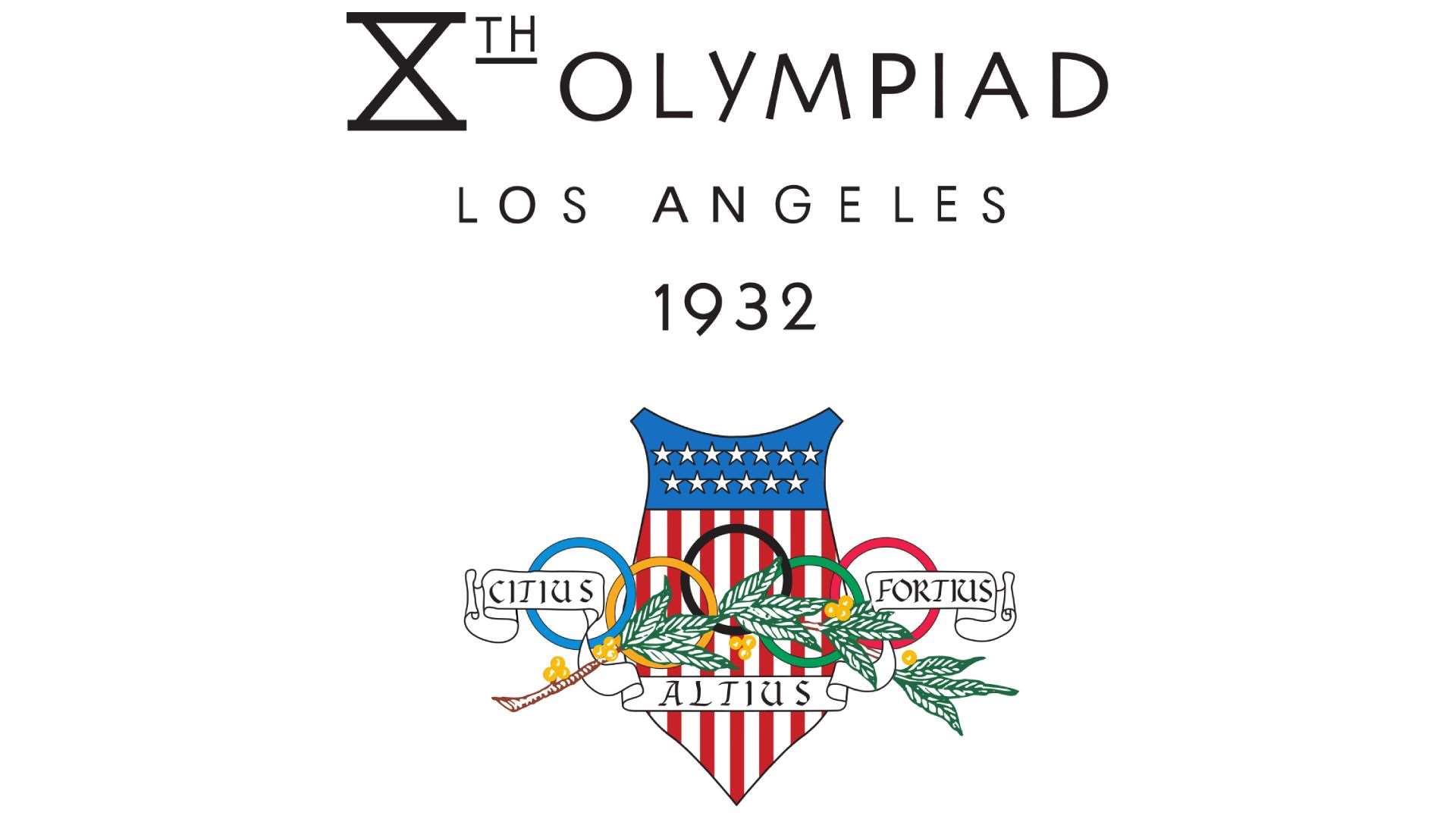
Lead photo: The logo of the 1932 Summer Olympic Games in Los Angeles, Calif.
Read more: London 1908 Olympics: The U.S. Team Almost Missed The Games













